
previous
2O23
The OMG-GMO series offers a witty comment on the relationship between humans and their environment, as seen through the genetic manipulation of fruit and vegetables.
The history of representing fruitage and other produce in art and design is probably as long as the history of art itself. From ancient vessels shaped as their contents, to fanciful Arcimboldo paintings and Renaissance still life featuring cornucopias of food, the relationship between produce and aesthetics has been very strong and persists to this day. In both dialogue and rupture with this tradition, OMG-GMO highlights the artificiality of the tame fruit and vegetables we cultivate and consume, revealing the fact that their current form is the result of a very long process of agricultural domestication, selective breeding, and bioengineering. Patiently “designed” over thousands of years, farming products such as tomatoes, bananas, aubergines, and many more have little resemblance to their wild, undomesticated relatives. In more recent years, this engineering has become even more extreme, incorporating genetic modification and sophisticated cultivation techniques that give fruit and vegetables of almost artificial perfection and symmetry — such as square watermelons, straight cucumbers, seedless oranges, calibrated cherries, white strawberries, and many more.
Courtesy:
Carwan Gallery
Manufactured by:
Bitossi Ceramiche
See also:
PLAYDATE
OMG-GMO DIGITAL
Photos:
Filippo Telaro
Project assistant:
Theo Leclercq
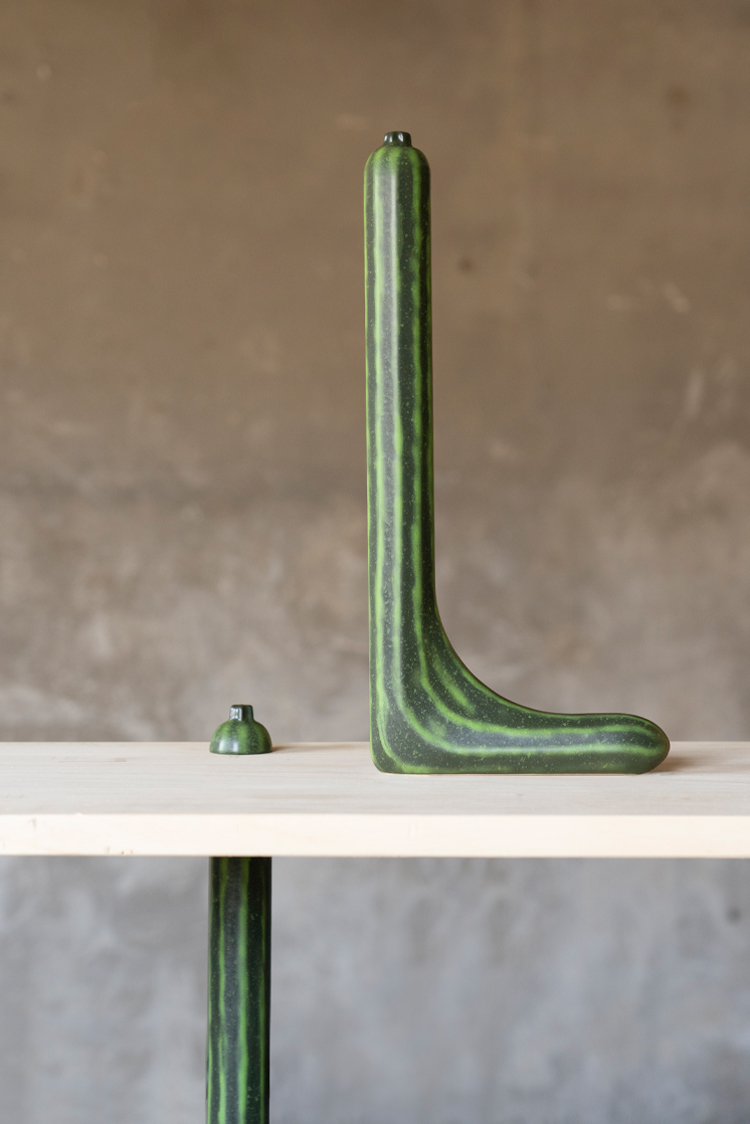

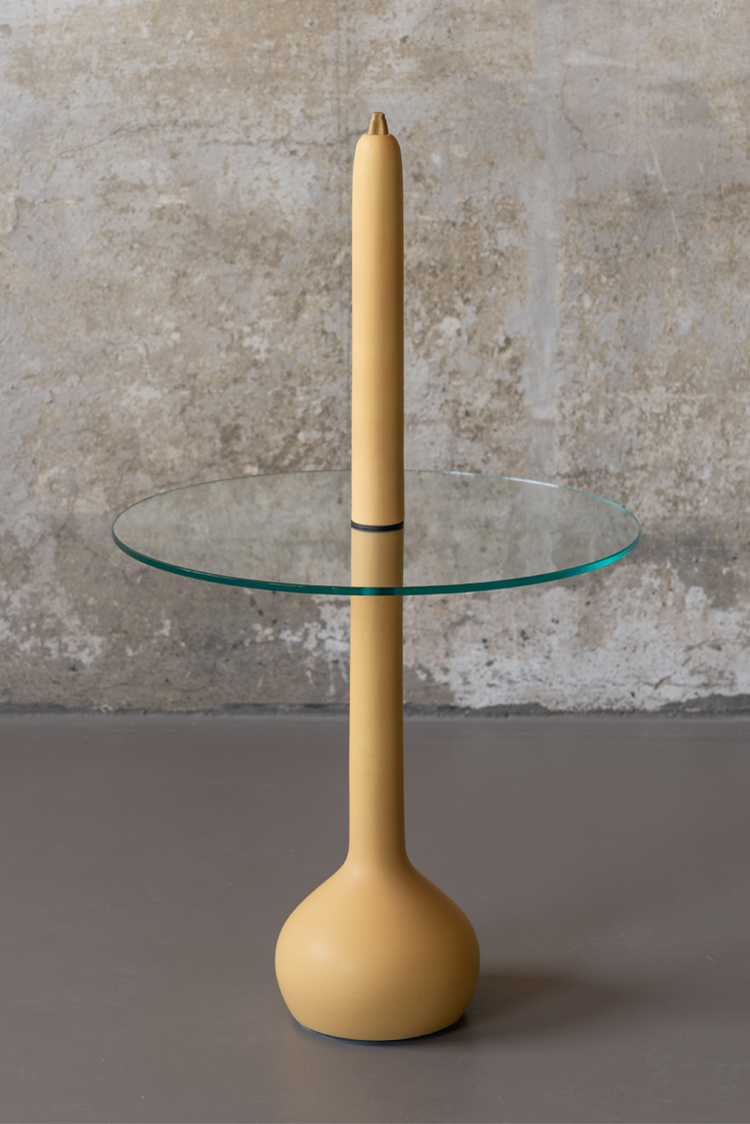
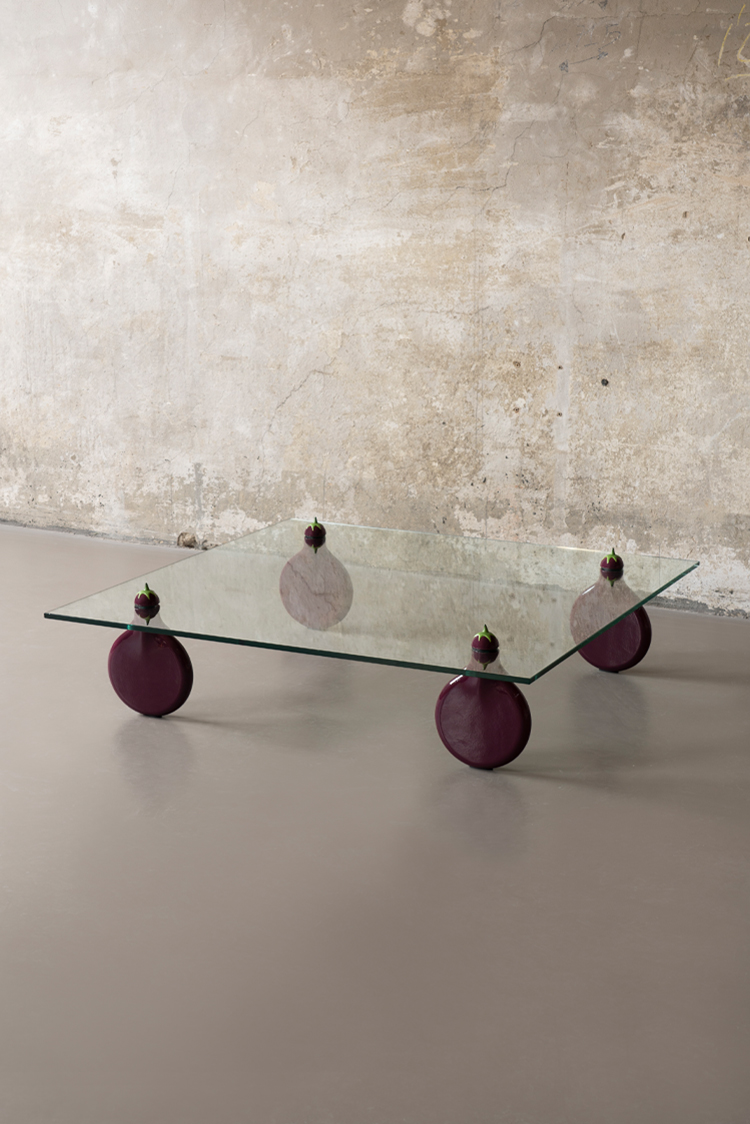
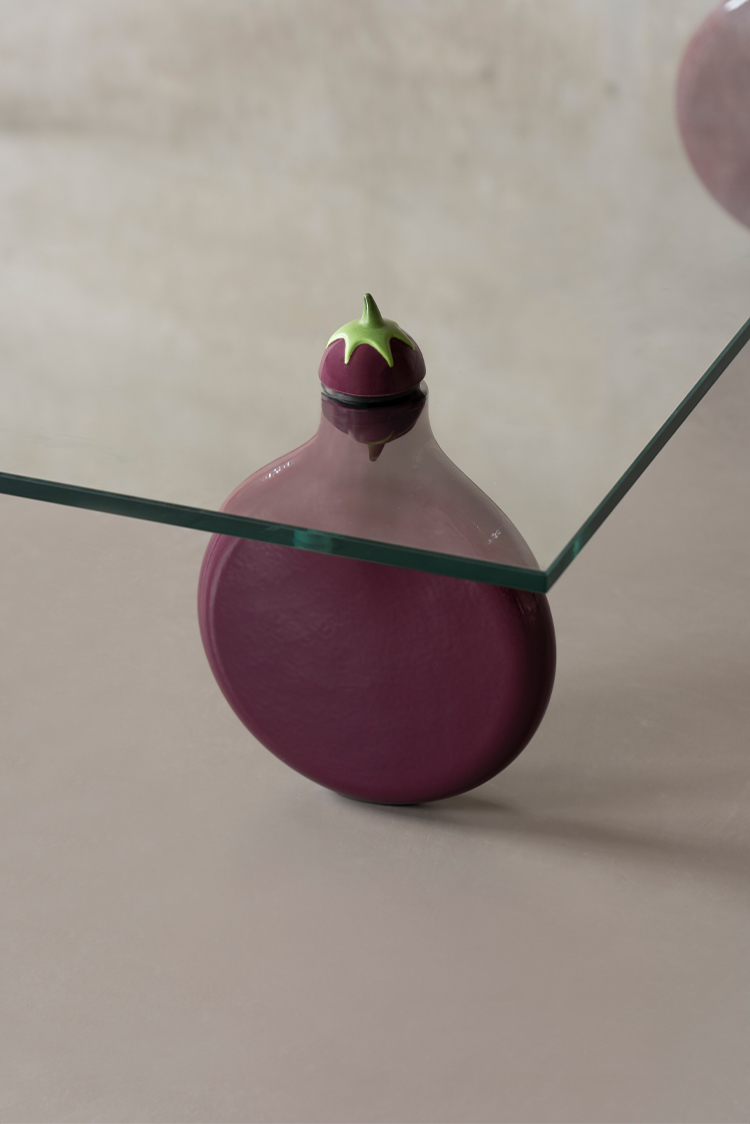
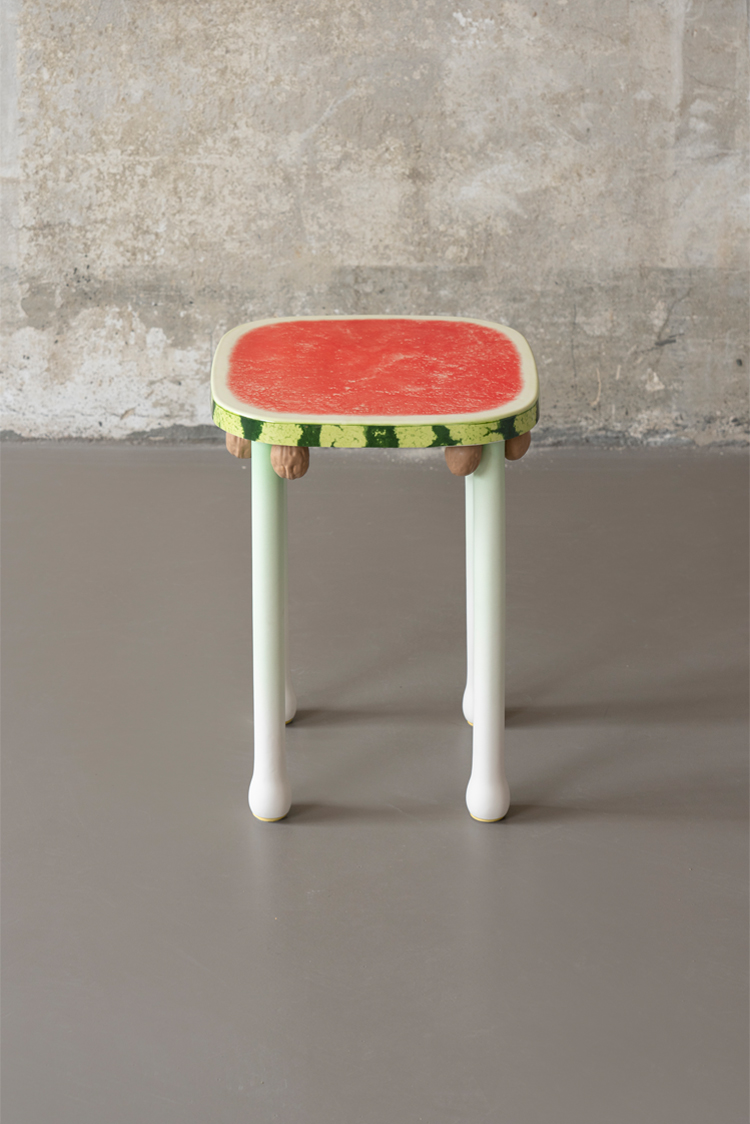
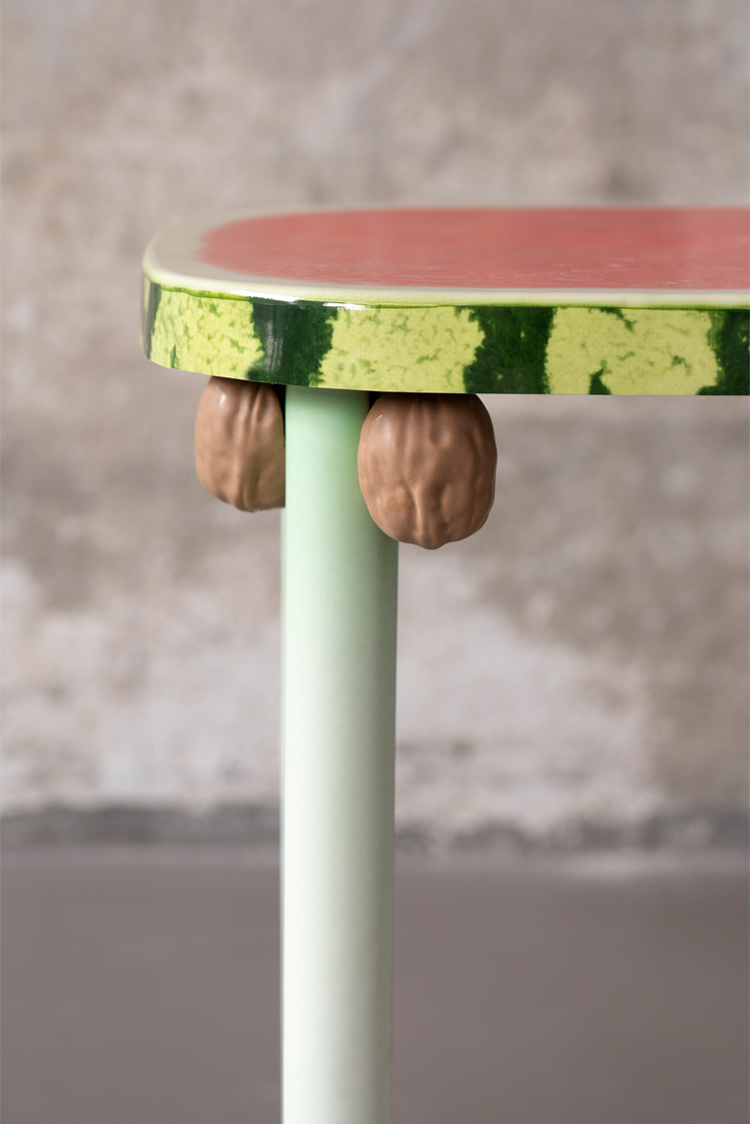
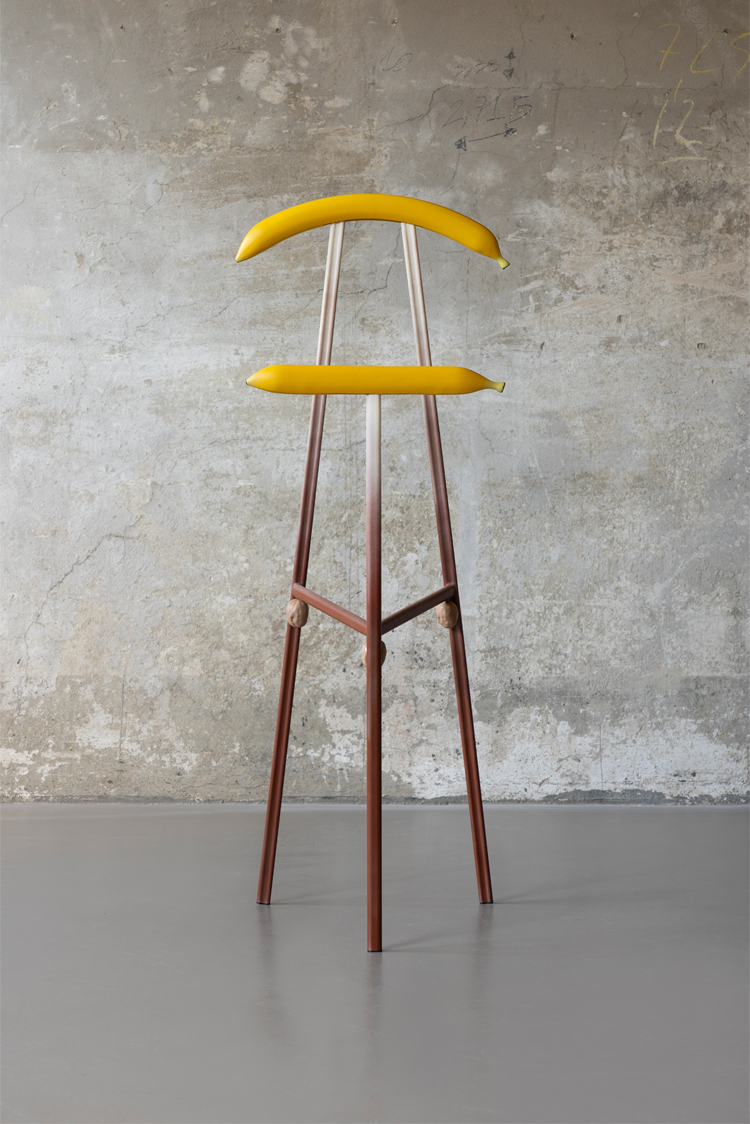
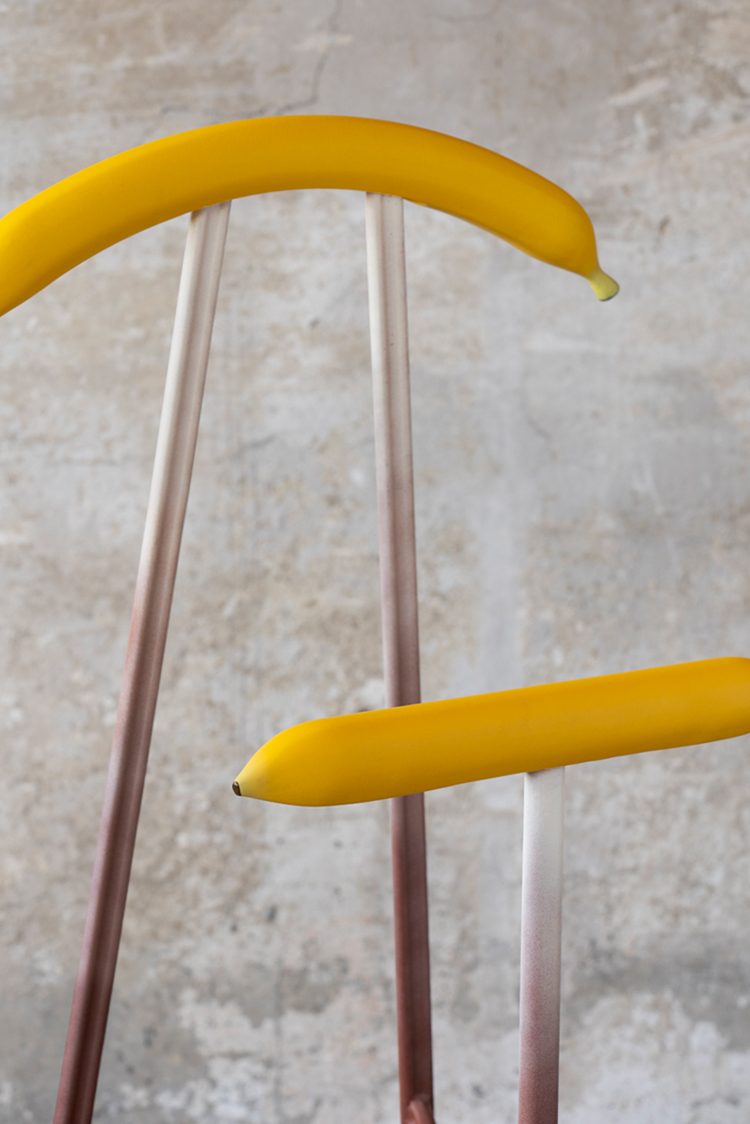
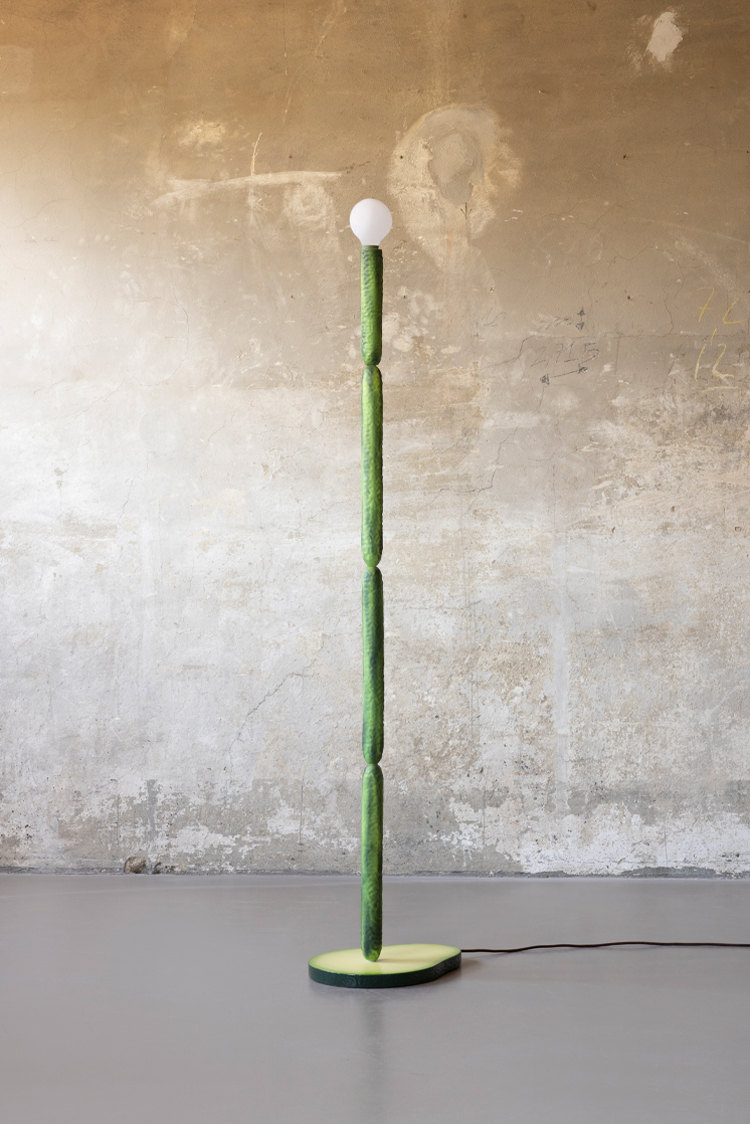
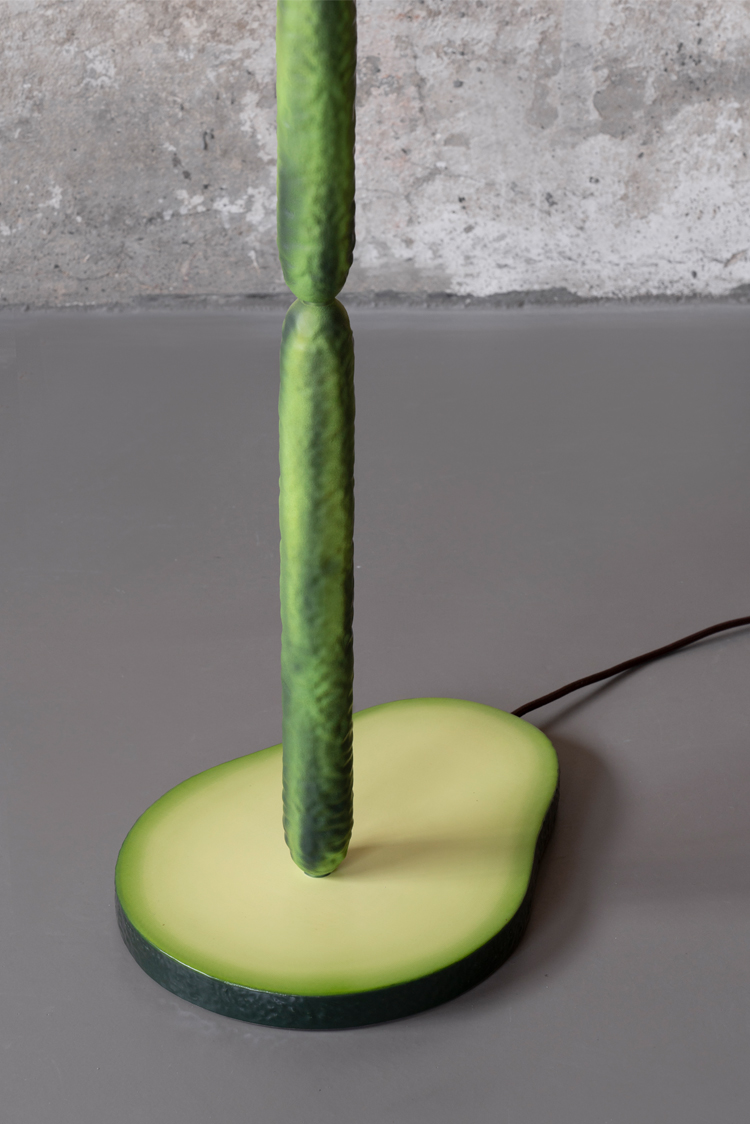
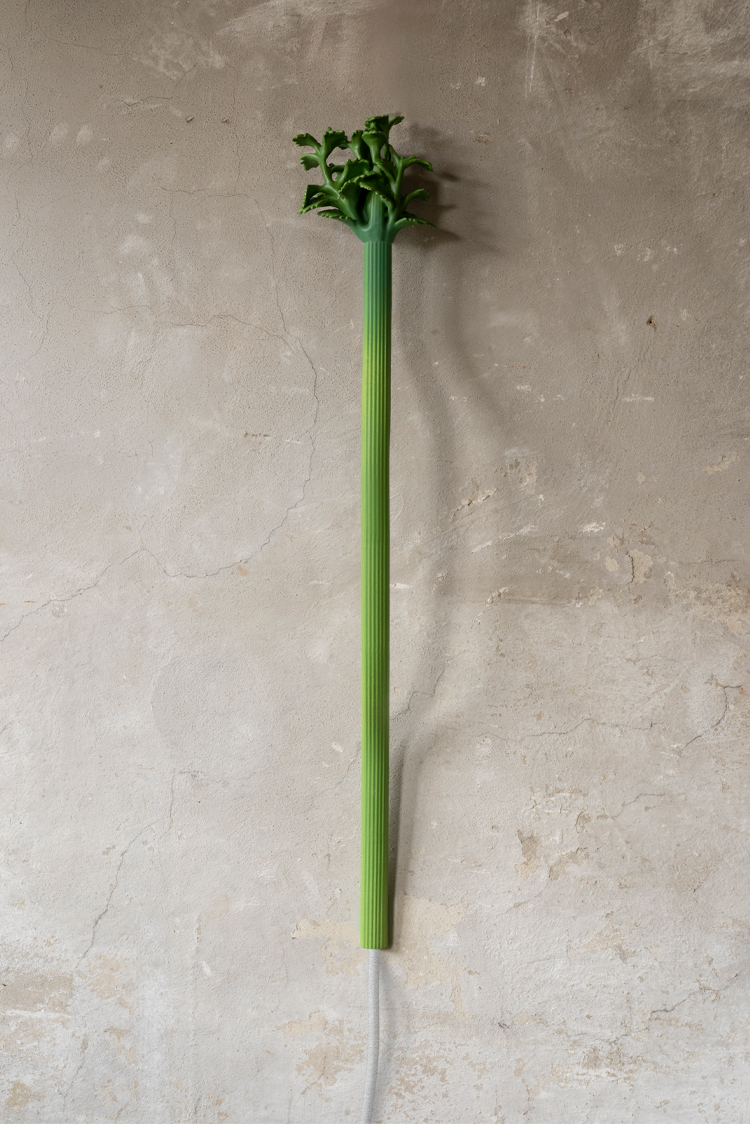
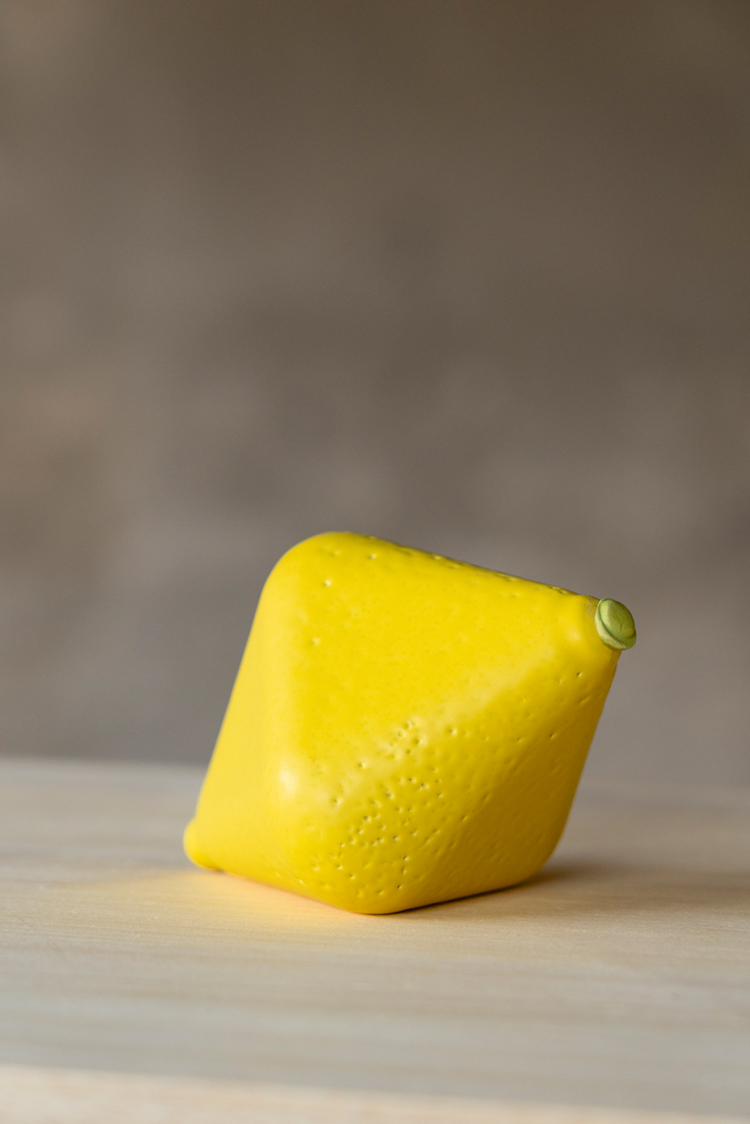
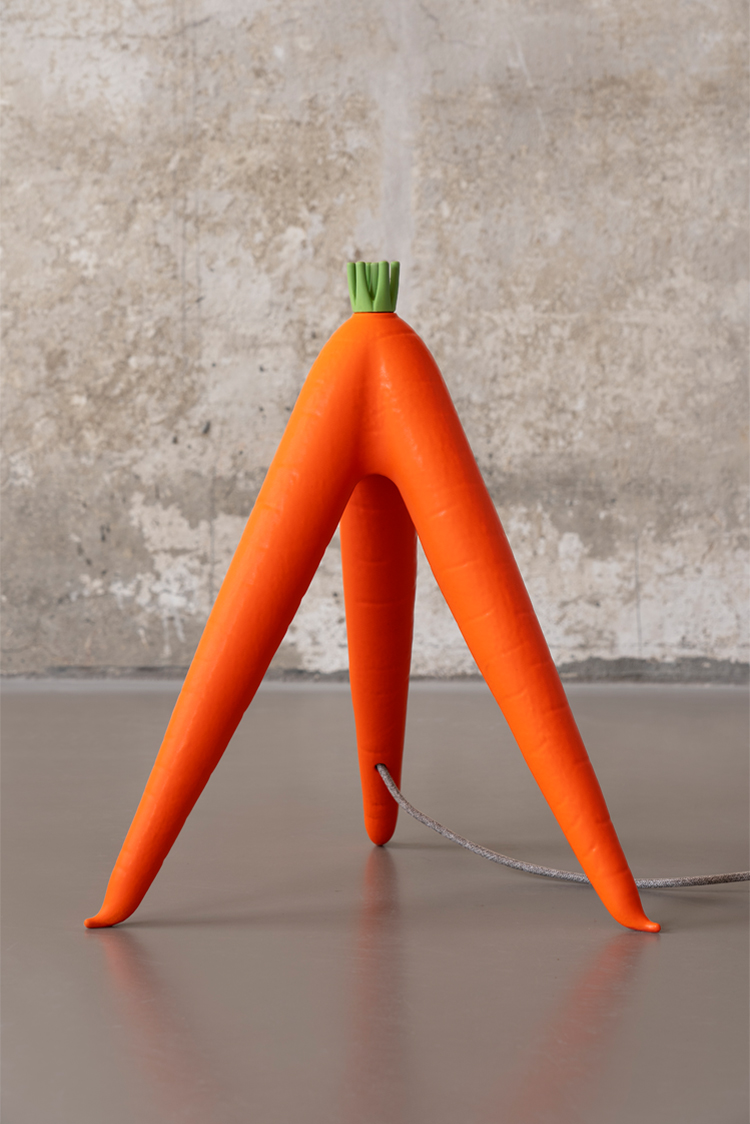
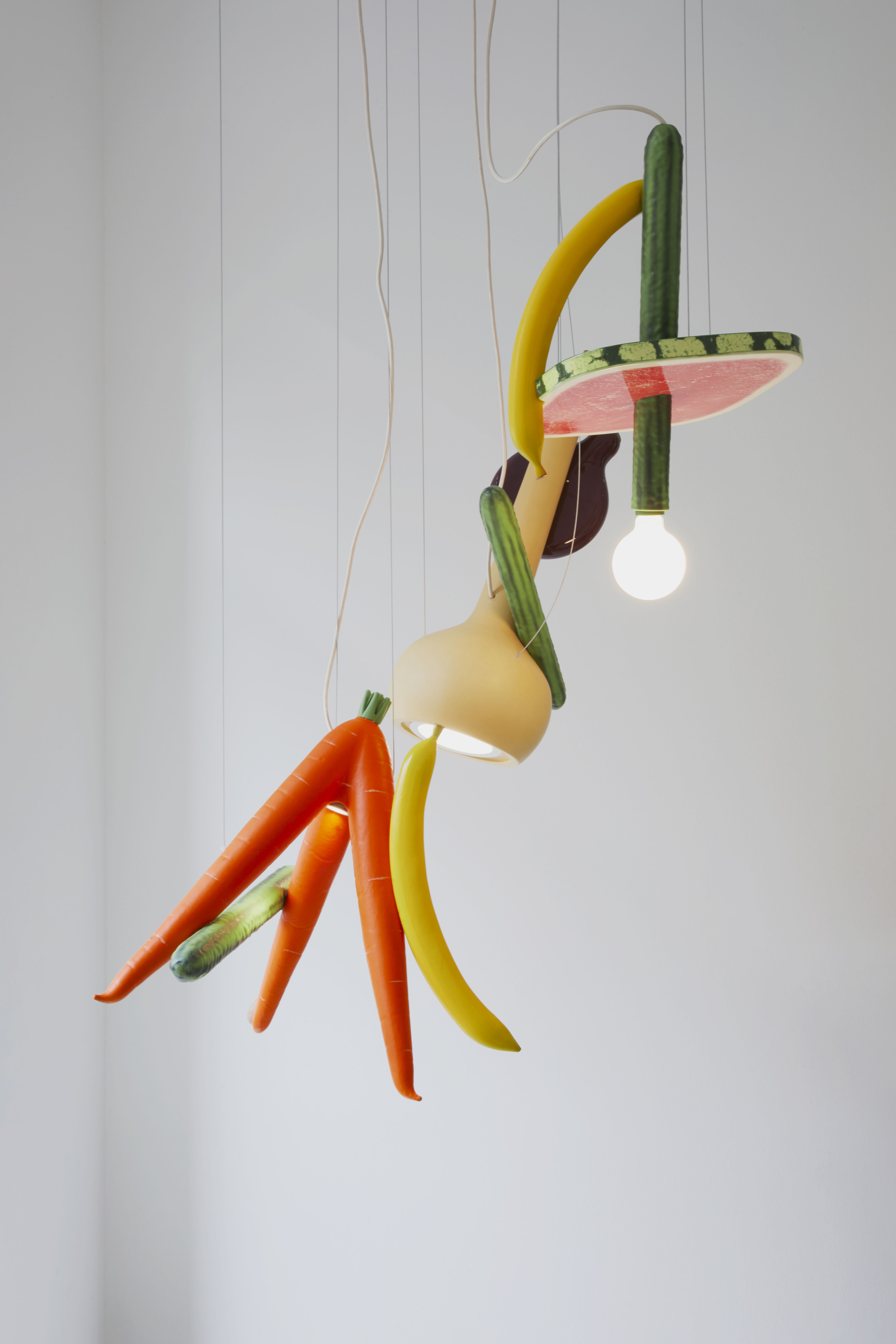
© Copyright 1991-2025 Robert Stadler, all rights reserved.